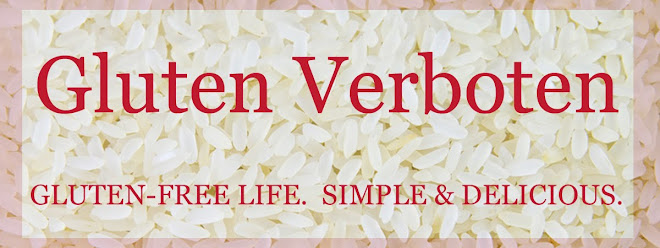I have cooked a few Real Simple recipes. My husband and I have had a subscription for a while now. He even gave it to his mother and sister as Christmas gifts last year. This one was deemed by my husband as a "you can make this one again!" I love this recipe for apple season! I served it over rice, but I bet it would have been stellar over some GF noodle-age. This week I have my first exam in graduate school, so I will be working the slow cooker. Bon appetite!
Real Simple Recipe Link
Chicken Sautéed With Apples

Serves 4|
Hands-On Time:
25m
|
Total Time:
25m
Ingredients
- 4 boneless, skinless chicken-breast halves
- 1 tablespoon olive oil
- 1 firm apple, such as Braeburn, cored, halved, and cut into 1/2-inch slices
- 1 cup apple juice
- 1 large onion, thinly sliced
- 1 garlic clove, minced
- 1/2 teaspoon dried thyme leaves
- kosher salt and black pepper
- 2 tablespoons Dijon mustard
Directions
- Place each chicken-breast half between 2 sheets of wax paper and pound with a meat mallet until about ¾ inch thick.
- Heat the oil in a large skillet over medium-high heat. Sauté the chicken until golden, about 3 minutes per side.
- Add the apple slices, apple juice, onion, garlic, thyme, ½ teaspoon salt, and ⅛ teaspoon pepper. Simmer, covered, 6 to 8 minutes or until chicken is fork-tender.
- Remove the chicken, apple slices, and onion to a serving platter and keep warm.
- Bring the sauce to a boil for about 5 minutes or until slightly reduced. Whisk in the mustard. Pour the sauce over the chicken.
